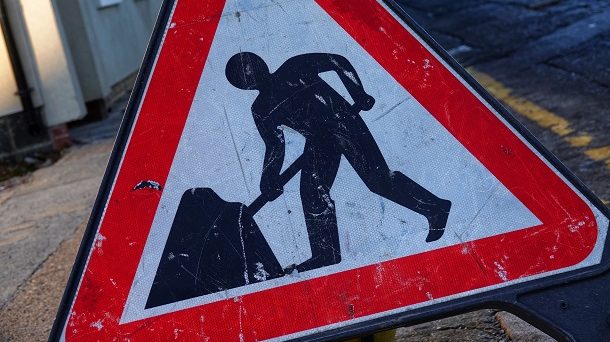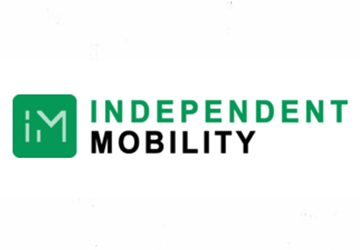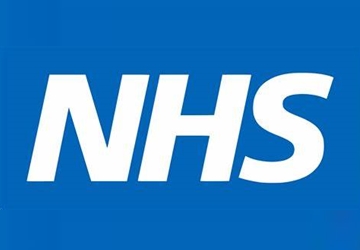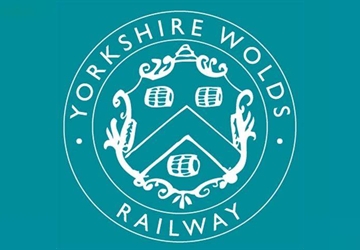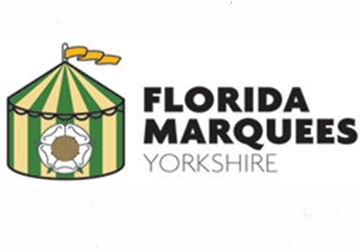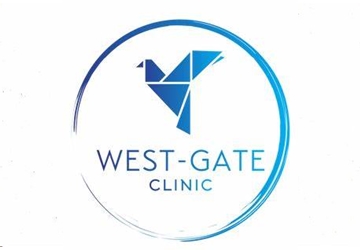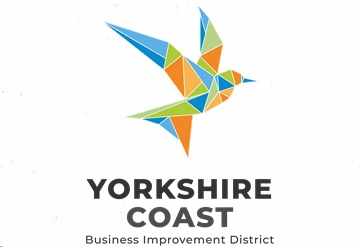Bradford Council bosses will approve £143 million worth of road schemes at a meeting next week.
Projects include major changes to Kings Road, a new footbridge linking Steeton to Silsden and new bus lanes on Leeds Road and Westgate.
The money is part of a £5.7bn Government pot of cash distributed to different authorities across the UK, and locally is being distributed by West Yorkshire Combined Authority.
At a meeting on Tuesday, June 3, Bradford Council’s Executive will rubber stamp the local schemes that make up the City Region Sustainable Transport Settlement awarded to West Yorkshire.
Among the projects to benefit from the scheme is the long-planned footbridge over the busy A629, linking Steeton to Silsden.
The bridge has been in the planning stages for well over a decade, and will get £12.9m funding from the programme. However, this will only be for Phase 1 – the actual bridge.
The eventual plan is for new pedestrian and cycle paths linking the two villages. However, the report going to Executive says: “The potential for a second phase to this project has been identified, however no funding has so far been allocated for this purpose.”
Around £35m of funding will go towards works to Kings Road, which runs from Wrose to Bradford city centre.
That work will include improvements to pavements, crossings, bus stops and green spaces along the roadside and the creation of bus and cycle lanes.
Another £20m will be used to create a “sustainable transport corridor” on Wakefield Road, including 4.3km of new bus lanes on the route, a 1.7km long two-lane cycle path, new pedestrian and cycle crossings, the filling of an existing pedestrian subway, improved bus stops and new landscaping.
Improving “bus hotspots” at Westgate and near the Thornbury Gyratory close to Leeds Road will get £4.2m, and £5.8m will be spent on safer road schemes across the district.
£57m will be spent on general highways repairs.
Improvements to public rights of way and “sustainable transport” projects will also get funding.
Explaining the benefits of the works, the report to the Executive says: “Safer, well-designed transport networks can help reduce crime and anti-social behaviour by increasing the presence of people in public areas and improving street lighting or surveillance.
“By providing and promoting sustainable travel options, the programme also offers alternatives to private car use, potentially improving community safety by mitigating issues around driver behaviour, such as speeding or congestion.
“However, the construction phase of each project may bring temporary disruptions. The Council will seek to mitigate risks to community safety including temporary traffic or pedestrian management around worksites.”
By: Chris Young, LDRS

